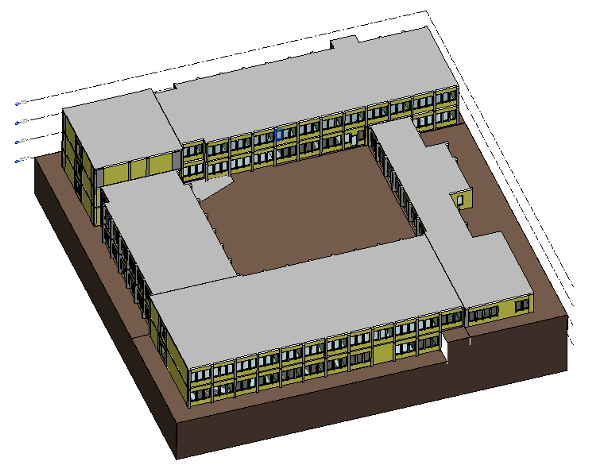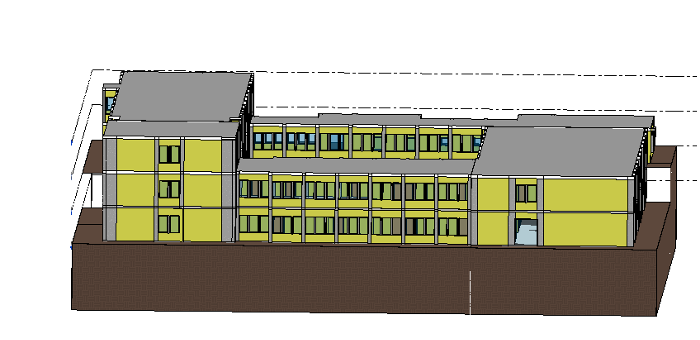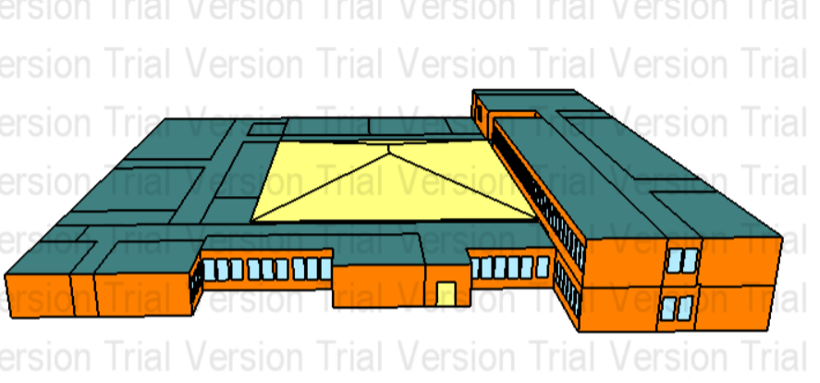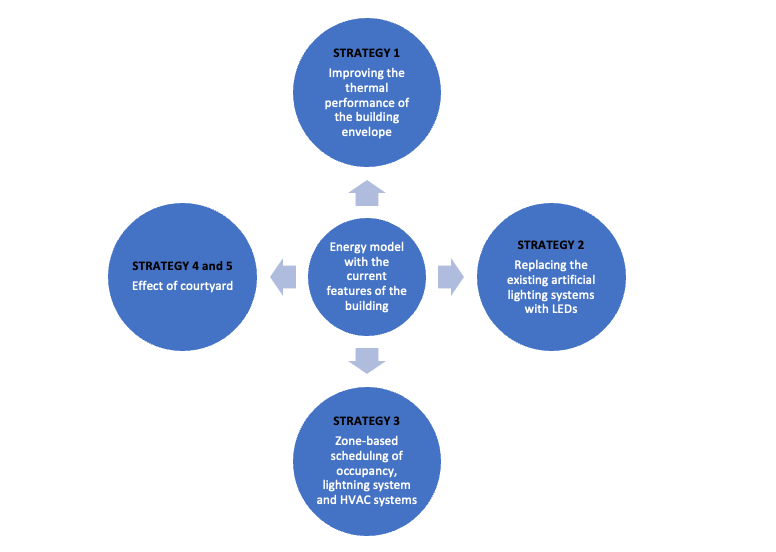ENERGY EFFICIENT BUILDING DESIGN COURSE PROJECTS
Course Description
Definition of the parameters affecting the energy consumption in buildings, information on the methods related to the determination of the adequate values for these parameters, application of these methods on a project, optimization of these values on
the project.
Course Objectives
- To introduce the key concepts and important issues of energy efficiency of buildings
- To develop the essential skills for architects and engineers to plan and design energy efficient building
Course Learning Outcomes
- Basic design principles of energy efficient design
- Climatic building design- passive design techniques, concepts of green and sustainable buildings
- How to obtain ideal conditions for building envelop and thermal comfort
- Identification of the energy efficient building systems and technologies ( renewable systems)
- Evaluation methods of energy efficient buildings
- Energy efficient building standards
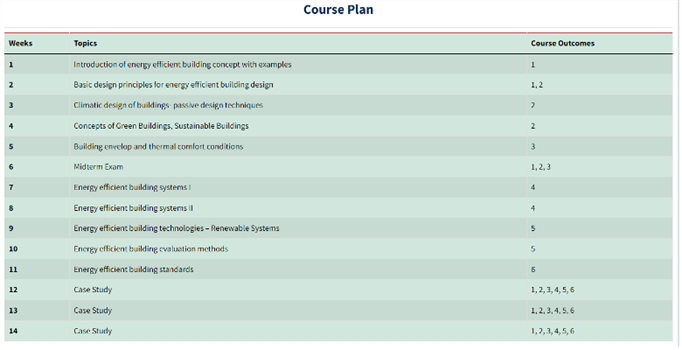
Student Projects
Energy Efficient Building Design course coded EBT530E is conducted at Istanbul Technical University Energy Institute. Within the scope of the course, faculty, dormitory and rectorate buildings located on the Ayazağa campus of Istanbul Technical University and having different usage purposes were selected. Files containing technical details and drawings of the selected buildings were sent to the students. It was aimed to create energy models of the buildings on the university campus with high energy consumption and to determine the energy savings that can be achieved by applying the energy efficiency strategies determined through the energy model. Thus, it was aimed to reveal the energy savings that can be achieved on a campus basis through the improvements to be made and the strategies that can be applied.
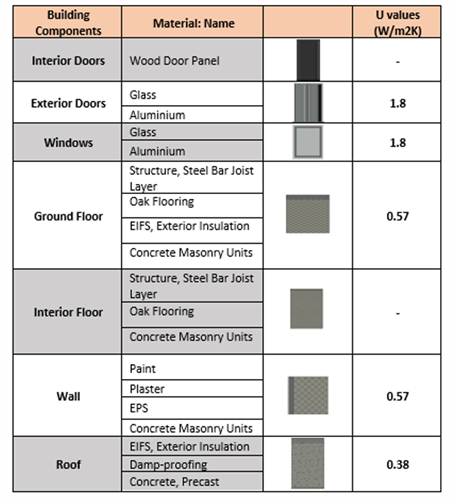
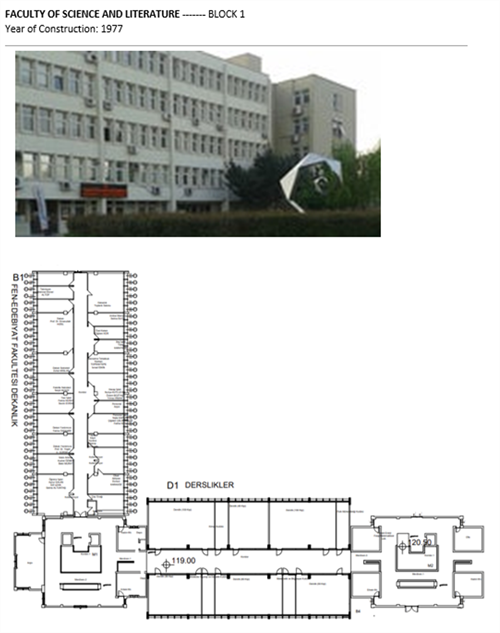
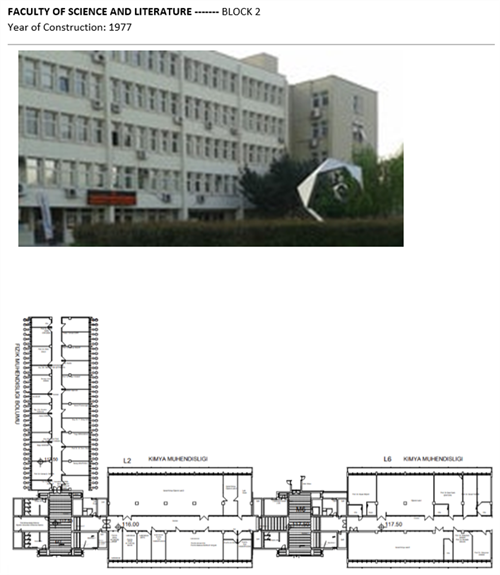
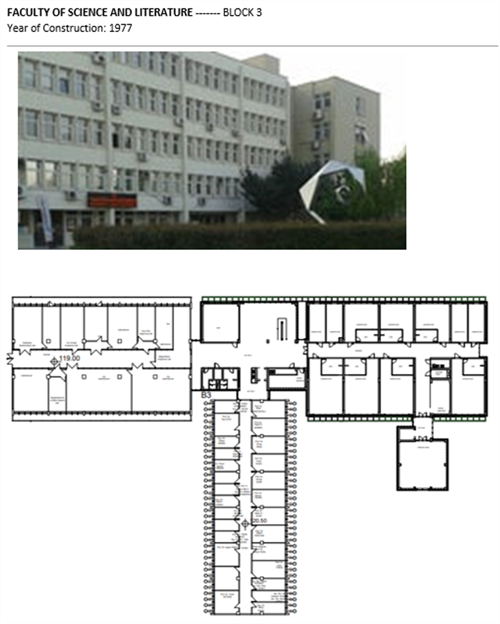
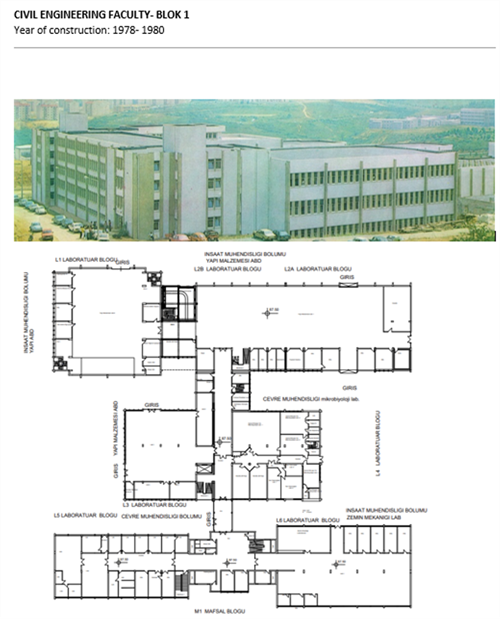
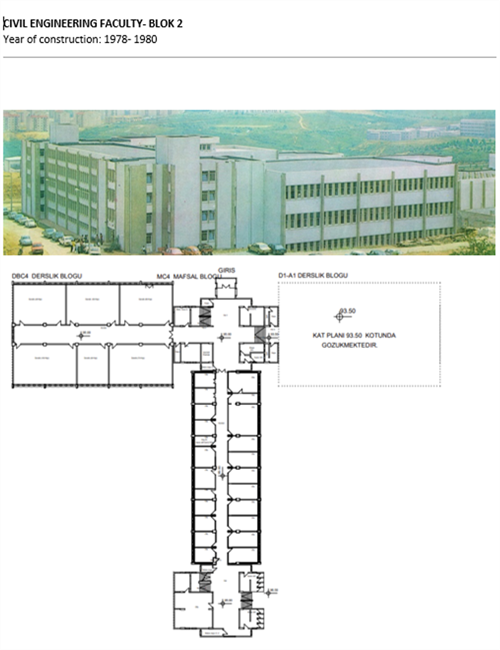
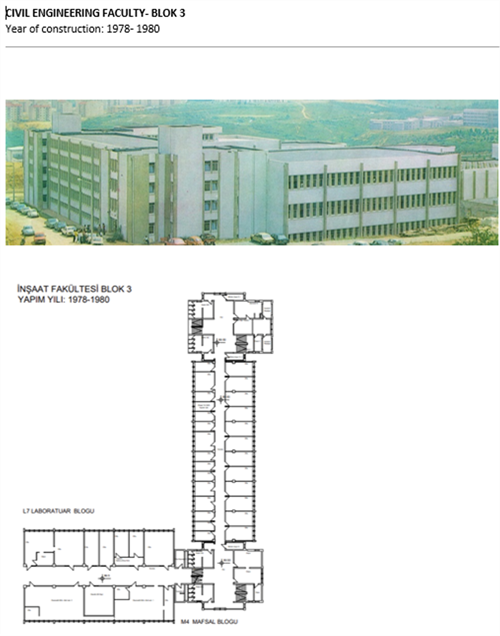
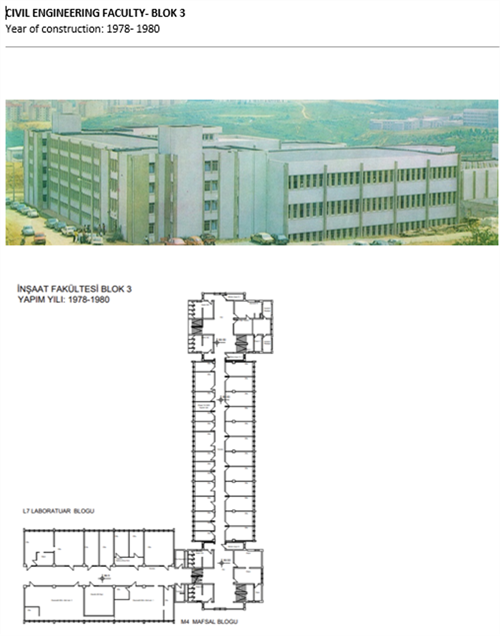
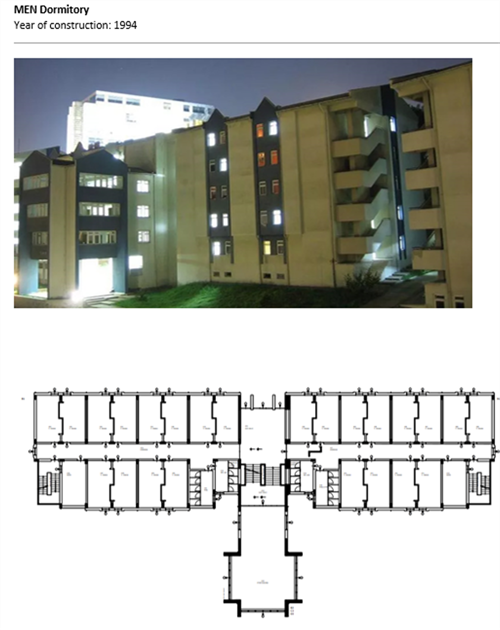
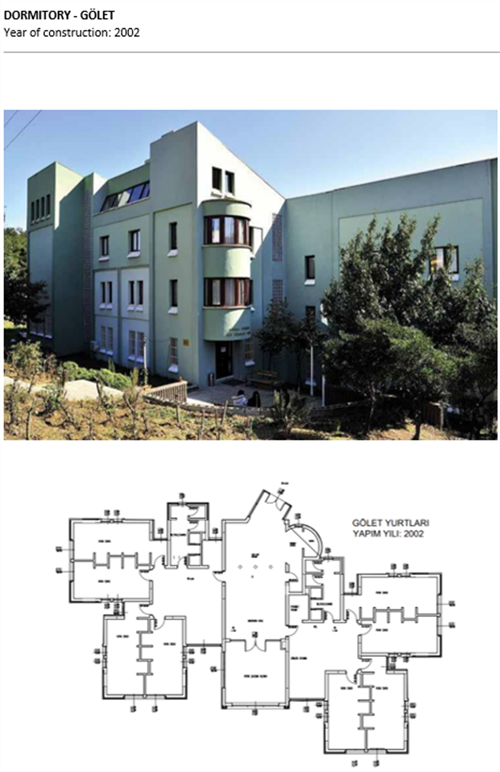
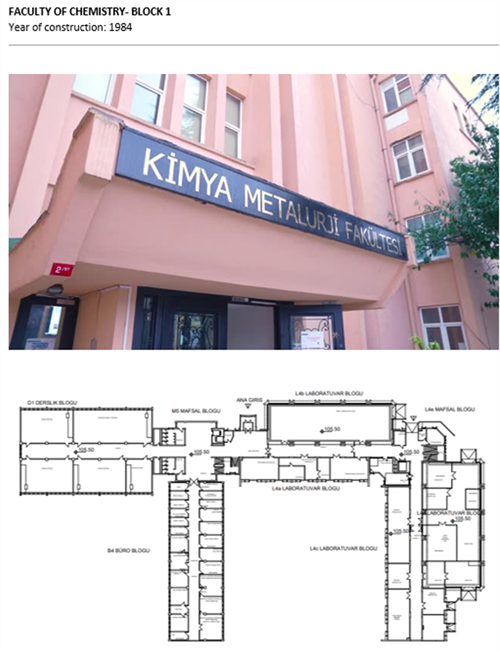
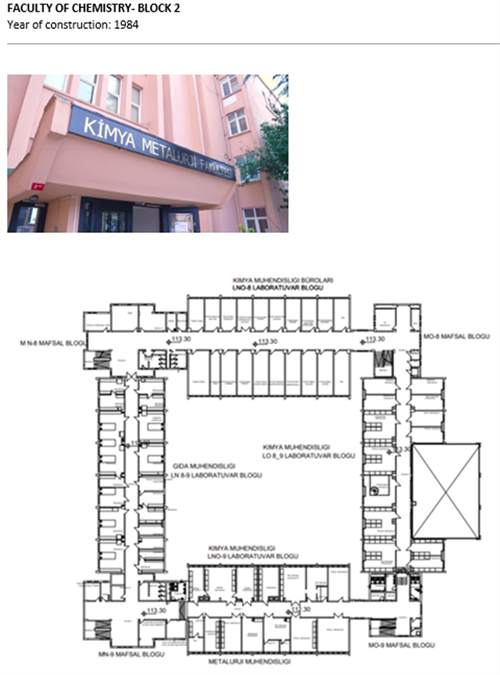
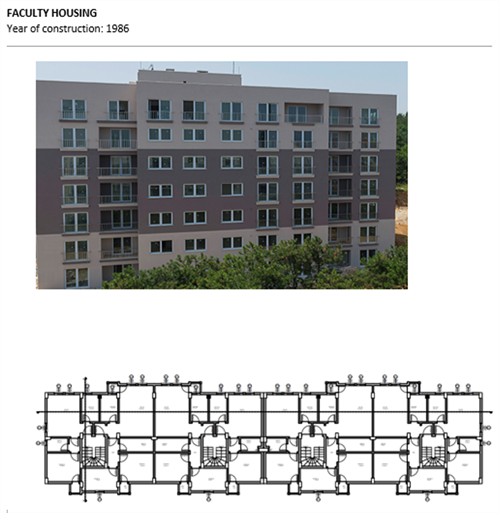
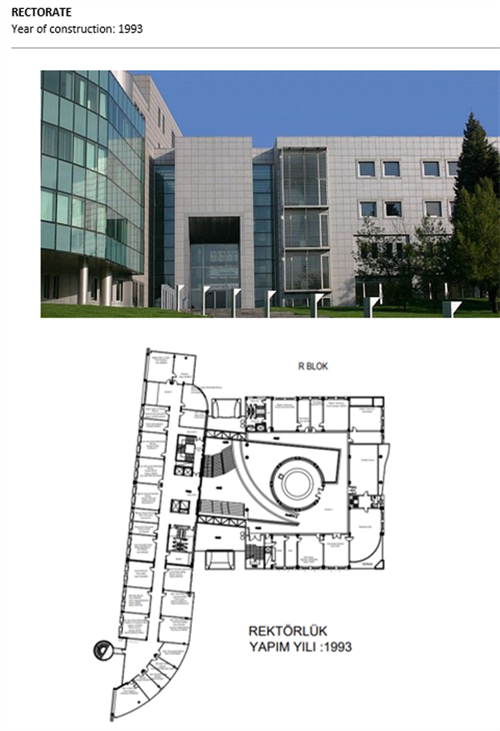
ENERGY INSTITUTE
Year of constructıon: 1961
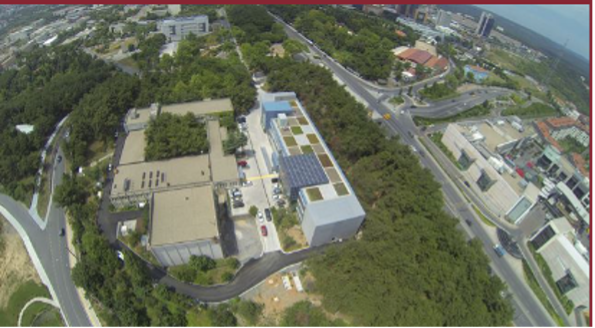
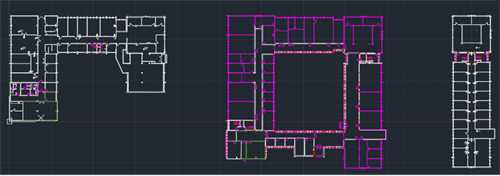
As an example, the energy model of the Energy Institute building and the energy efficiency strategies that can be applied and energy saving opportunities are given below.
